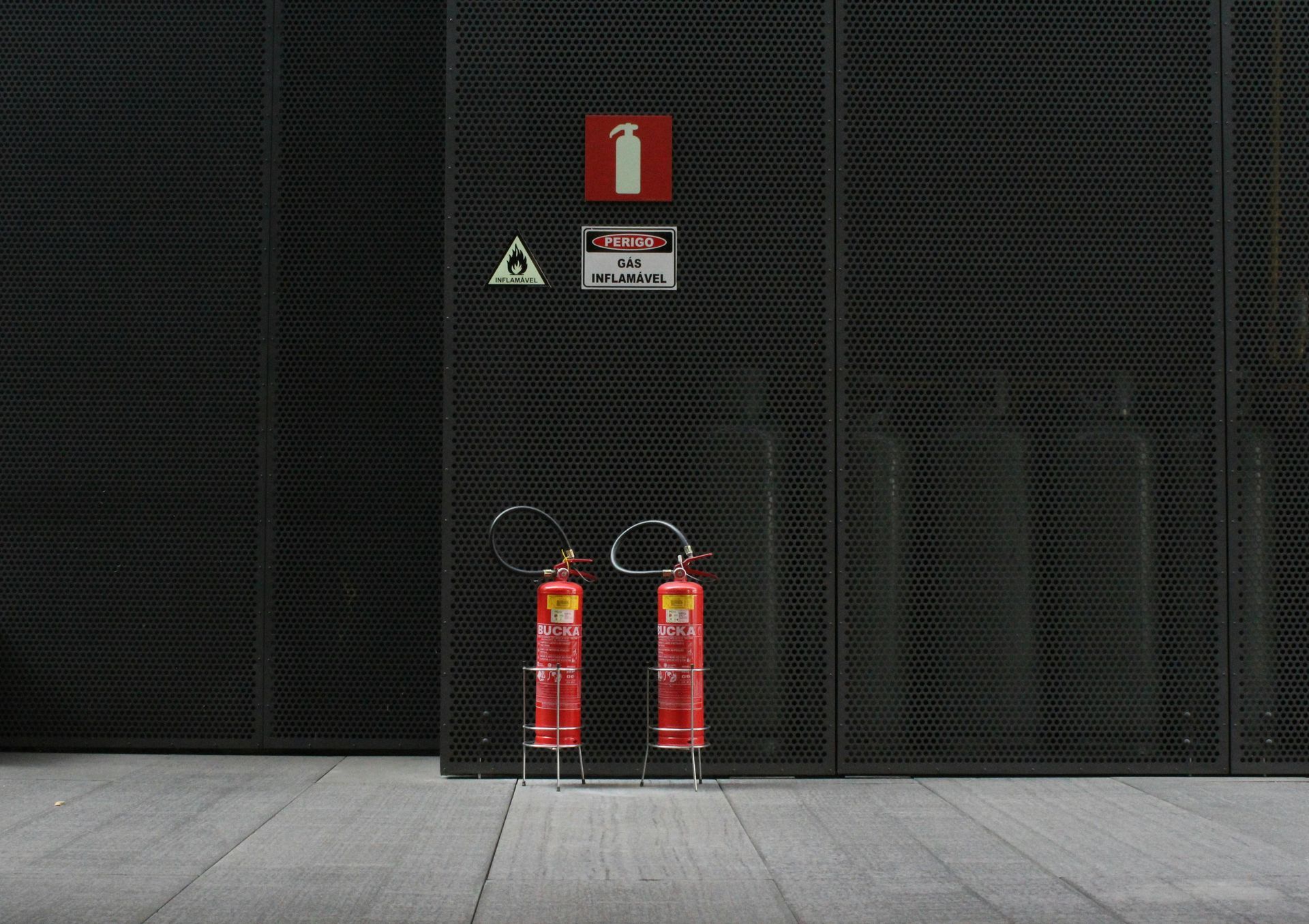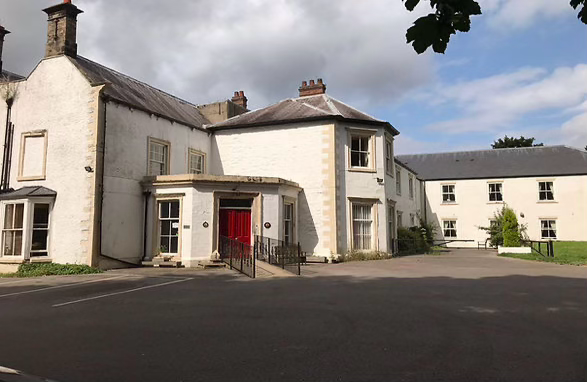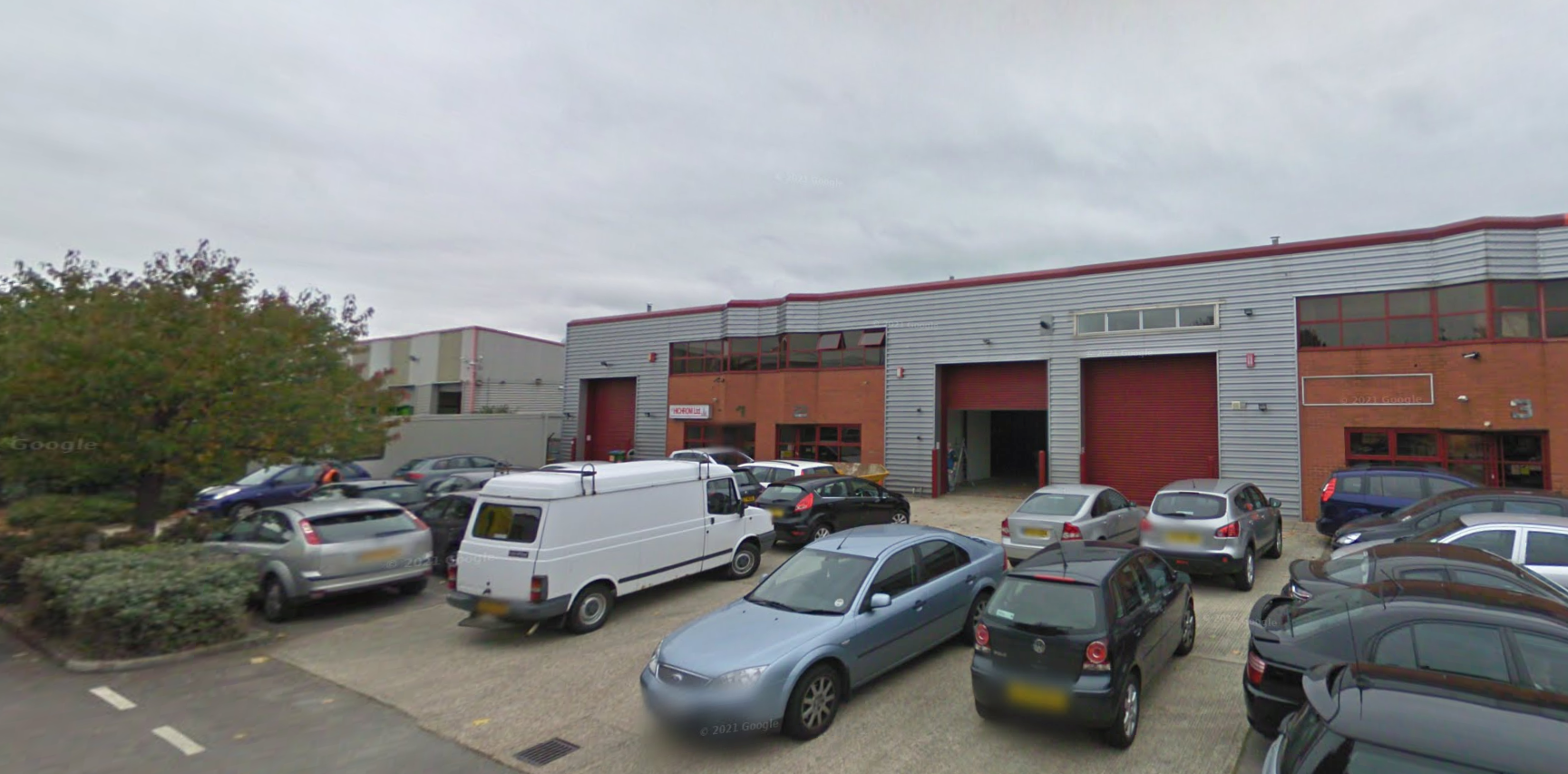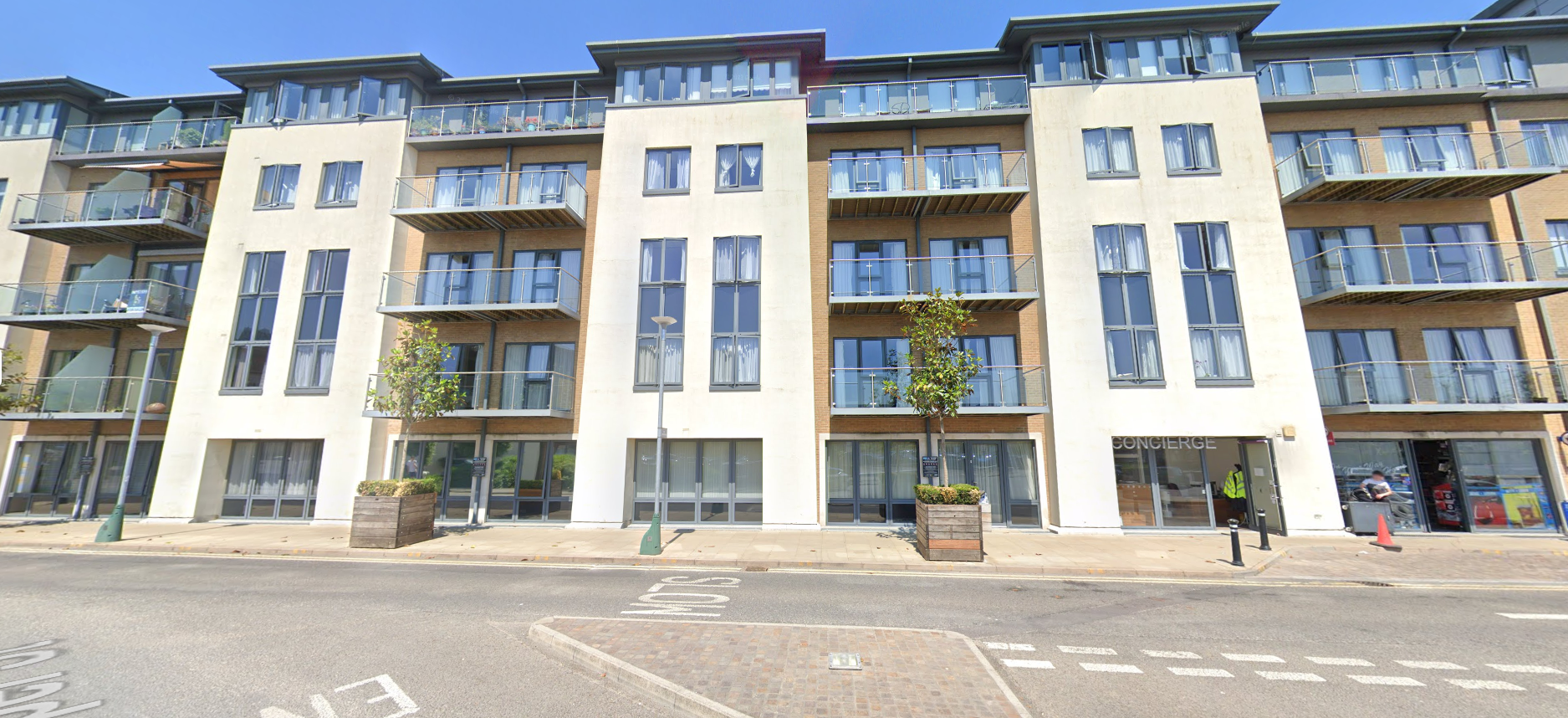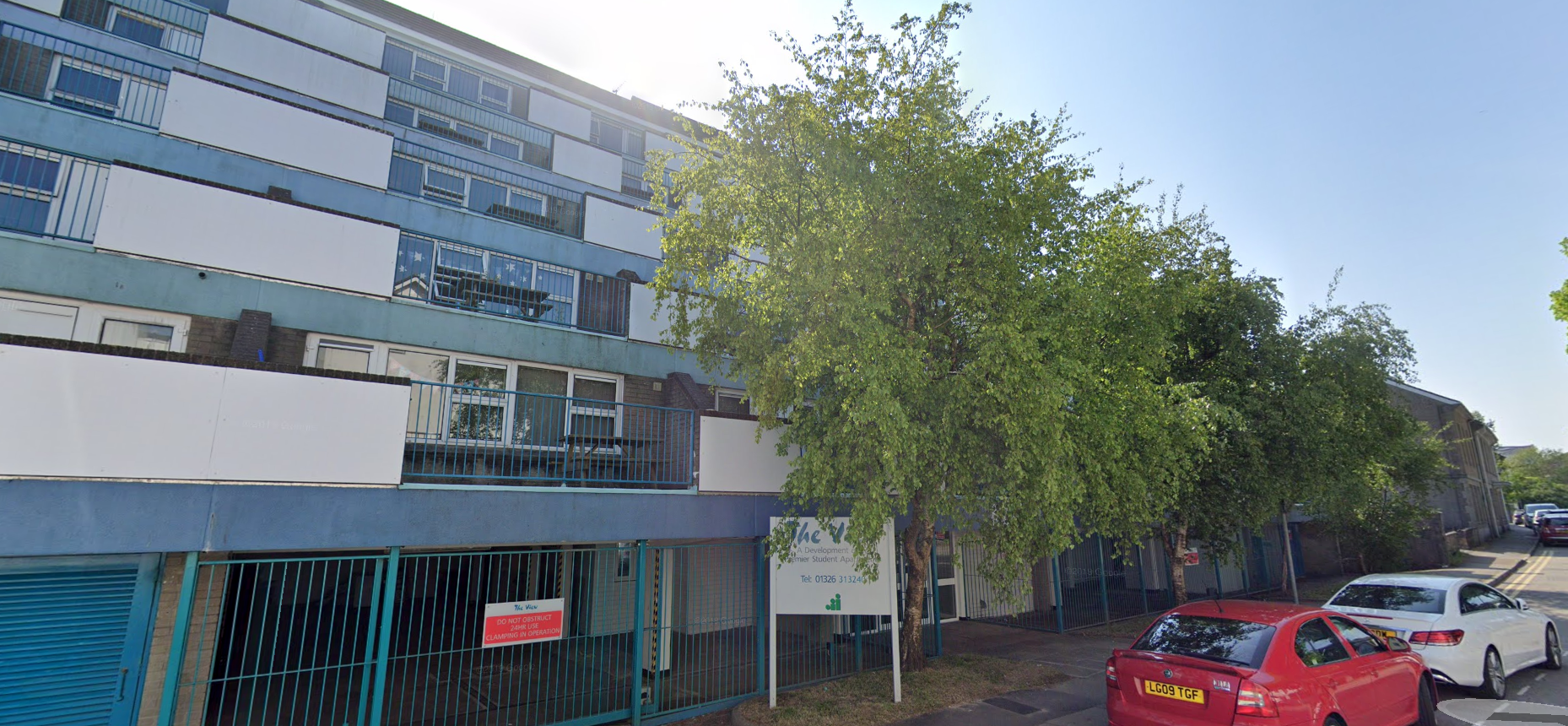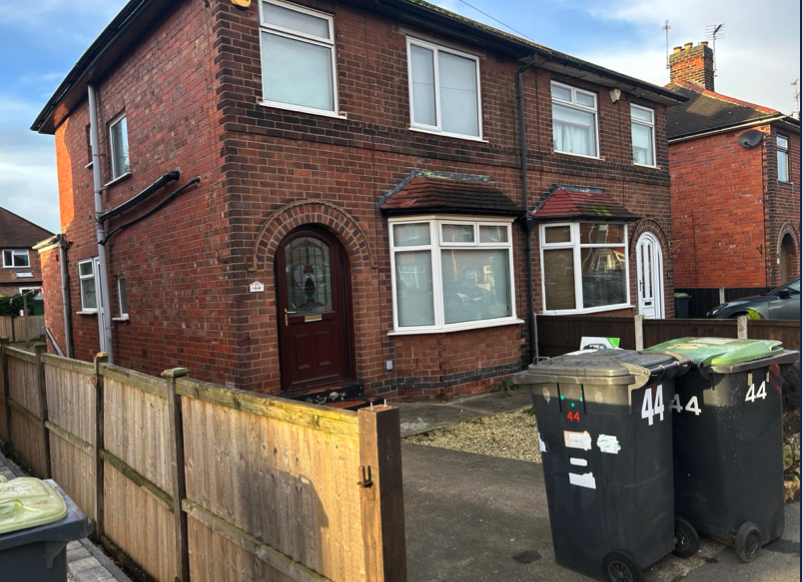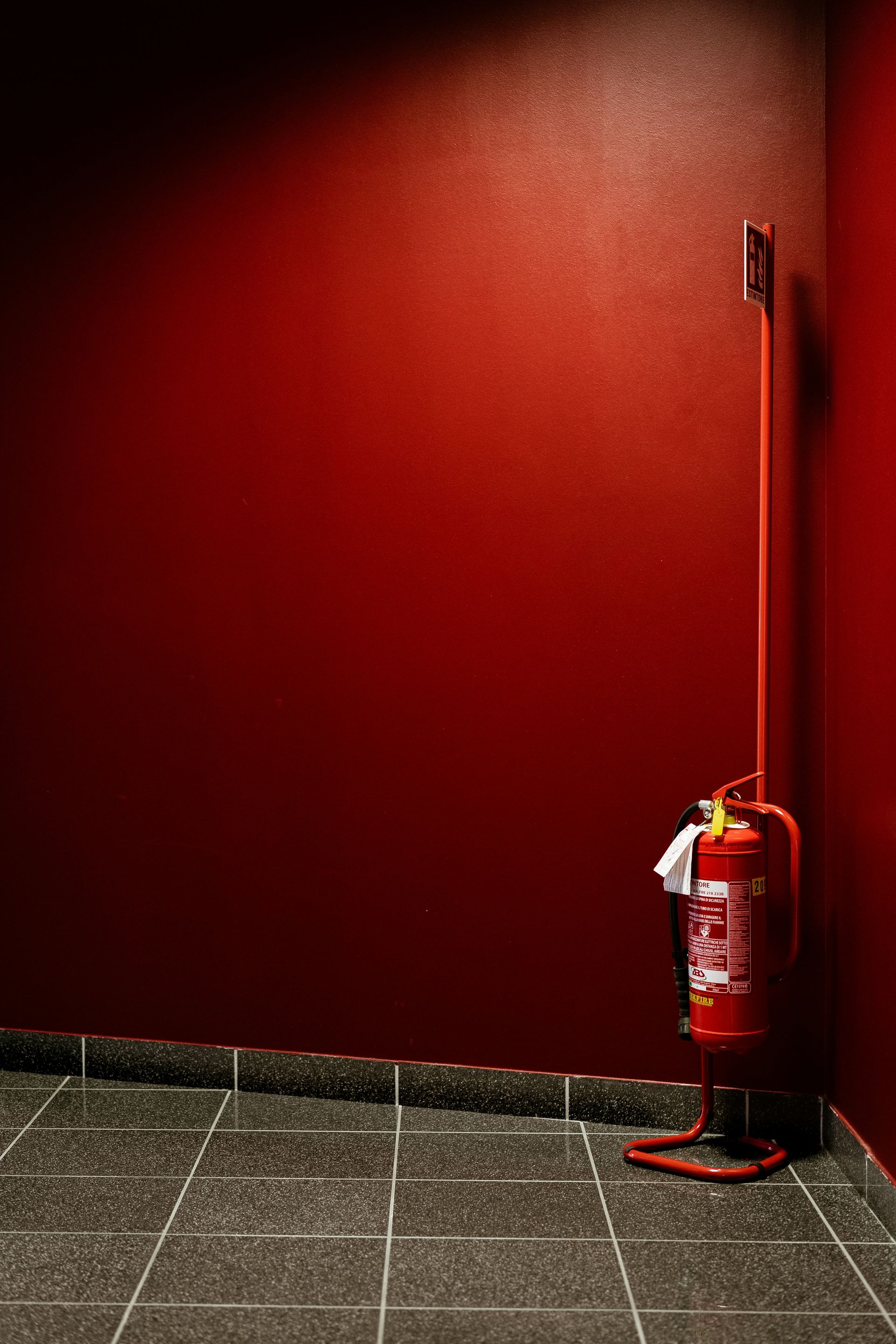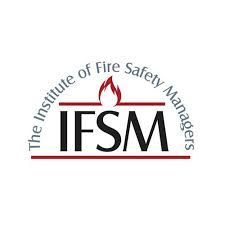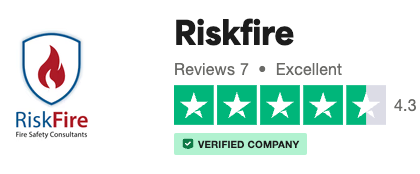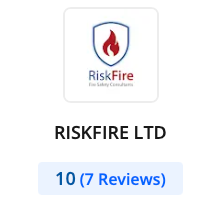by Derryn Crowley
•
29 September 2025
Fire safety is a critical aspect of both home and workplace environments, yet many of us overlook it until an emergency arises. Understanding the different types of fires and how to combat them can literally be the difference between life and death. This guide will walk you through the essentials of selecting the right fire extinguisher for each class of fire, helping you to protect your family, employees, and property. Whether you're a homeowner or a business owner, knowing how to respond effectively in a fire situation is invaluable. Understanding the Different Classes of Fire Before you can choose the right extinguisher, you need to understand the different classes of fire. These classifications are based on the type of fuel involved. Fire classes help us identify and manage the risks associated with different materials. Class A fires involve ordinary combustibles like wood, paper, and textiles. They're the fires we most commonly think of, often occurring in homes and offices. These fires are usually straightforward to manage with the right equipment. Class B fires arise from flammable liquids such as petrol, oil, and paints. These fires are particularly dangerous as they can spread quickly and are often found in garages, workshops, and industrial settings. Class C fires involve flammable gases, such as hydrogen, butane or methane. They must be stored correctly, in sealed containers. Chemical plants, manufacturing facilities and industrial warehouses are at a particular risk. Class D fires occur when combustible metals, such as magnesium, lithium and sodium, ignite. They are more prevalent in laboratories, warehouses and metal fabricators. Electrical Fires involves electrical equipment and wiring. They require special handling to avoid further electrical hazards, making them a unique challenge in both residential and commercial spaces. Class F fires involve cooking oils and fats, common in kitchens. These fires can escalate rapidly and are notoriously challenging to extinguish with water or typical extinguishers. Understanding these classes helps in conducting a fire risk assessment, allowing you to identify potential hazards and prepare adequately. Each class represents different hazards, and knowing these can be your first line of defence in fire prevention. The Importance of Selecting the Right Fire Extinguisher Choosing the correct fire extinguisher is not just about having one at hand; it's about preventing further damage and ensuring safety. The right extinguisher can mean the difference between a minor incident and a catastrophic event. Using a mismatched extinguisher may worsen the situation. For instance, using a water extinguisher on an electrical fire can lead to electrocution, while using it on a grease fire can cause the flames to spread. Such mistakes highlight the importance of selecting the right tool for the job. Each fire class needs a specific type of extinguisher. This specificity ensures that the fire is dealt with effectively without introducing additional risks. For example, CO2 extinguishers are designed for electrical fires, as they suffocate the flame without leaving harmful residues on sensitive equipment. Understanding extinguisher labels and their intended use is crucial. Fire safety training often covers these basics, enabling users to make informed decisions under pressure. Portable fire extinguishers are labelled according to their suitability for different classes, making it easier to choose the correct one during an emergency. Ultimately, selecting the right fire extinguisher is a fundamental aspect of fire safety. It’s not just about compliance with safety regulations; it’s about protecting lives and properties. A well-informed choice can safeguard everyone in the vicinity, ensuring that fires are extinguished swiftly and safely. Breaking Down the Types of Fire Extinguishers Now that you understand the importance of selecting the right extinguisher, let’s break down the types available. Each extinguisher type is designed for specific fire classes, making them essential tools in your safety arsenal. Water extinguishers are the most common and are effective against Class A fires. They work by cooling the flames and reducing heat, making them ideal for materials such as wood and paper. Foam extinguishers tackle both Class A and B fires. They work by smothering the fire and creating a barrier that prevents re-ignition. This versatility makes them suitable for a range of environments. For electrical fires , CO2 extinguishers are the go-to option. They displace oxygen and suffocate the fire, leaving no residue that could harm electrical equipment. This makes them perfect for offices and areas with computers and appliances. Dry powder extinguishers offer versatility, tackling multiple classes including A, B, C, D and electrical fires. However, they are not ideal for enclosed spaces due to the visibility issues caused by the powder. Lastly, wet chemical extinguishers are specifically designed for Class F fires, common in kitchens. They react with cooking oils to form a soapy layer, cooling the fire and preventing re-ignition. By understanding these extinguisher types, you can make informed choices, ensuring your safety measures are comprehensive and effective. Tackling Class A Fires with Water and Foam Extinguishers Class A fires are the most common and involve everyday materials like paper, wood, and textiles. To tackle these effectively, you'll need water or foam extinguishers. Water extinguishers work by cooling the flames and reducing heat. This method is straightforward and effective for many household fires. However, it’s crucial to remember they are unsuitable for electrical or grease fires, as they can cause more harm than good. Foam extinguishers , on the other hand, smother the fire and prevent re-ignition. They leave a residue that helps prevent flare-ups, making them a versatile choice for both Class A and B fires. However, like water extinguishers, they should not be used on electrical fires. Understanding the limitations of these extinguishers is crucial. While they are highly effective for certain fires, their misuse can lead to disastrous results. Always ensure you are using the right extinguisher for the right type of fire. In essence, having the right extinguisher means you're prepared. It’s about having the confidence that, in an emergency, you can act quickly and effectively. Remember, the key to fire safety is not just having the equipment but knowing how and when to use it. How to Handle Class B Fires with Foam and Dry Powder Extinguishers Class B fires involve flammable liquids like petrol, oil, and paints. These fires can be particularly vicious, spreading rapidly and posing a significant threat. Foam and dry powder extinguishers are your best bet for tackling these kinds of fires. Foam extinguishers create a barrier over the burning liquid, stopping oxygen from feeding the fire. This action is essential in preventing the fire from spreading and allows you to get it under control before it grows out of hand. However, foam is not recommended for electrical equipment due to the risk of damage. Dry powder extinguishers work differently. They interrupt the chemical reaction of the fire, effectively stopping it in its tracks. This makes them highly effective for a range of flammable liquids, including petrol and oil. They are also versatile enough to be used on electrical fires, although with some caution due to the potential residue left behind. Each extinguisher type has its instructions, and it’s vital to follow them. Knowing how to operate these devices properly can make all the difference in an emergency. Always read the labels and ensure you're familiar with their operation before an incident occurs. Handling Class B fires requires quick thinking and the right tools. With foam and dry powder extinguishers, you're well-equipped to take on the challenge, ensuring safety and preventing further damage. Dealing with Electrical Fires: The Role of CO2 Extinguishers Electrical fires are unique in their danger. They involve electrical equipment and wiring, requiring special care to avoid electrocution or further damage. CO2 extinguishers are particularly suited for this task. CO2 extinguishers work by displacing oxygen, which suffocates the fire. This method is highly effective as it leaves no residue, protecting sensitive equipment like computers and electrical appliances. This makes them a staple in offices and commercial settings. However, there are some precautions to take. The high-pressure discharge can be intense, so it's important to maintain a safe distance to prevent injury. Moreover, CO2 has a cooling effect, which can cause burns if not handled properly. These extinguishers are invaluable in environments with significant electrical equipment. They provide a clean, efficient solution to electrical fires, ensuring minimal disruption and damage. Always ensure you're familiar with their use and limitations to maximise their effectiveness. In dealing with electrical fires, CO2 extinguishers offer a reliable and safe option. They are a crucial part of your fire safety strategy, especially in tech-heavy settings where protecting equipment is as important as extinguishing the fire itself. The Use of Wet Chemical Extinguishers for Class F Fires In kitchen settings, Class F fires involving cooking oils and fats are a common hazard. These fires can quickly get out of control, making the right extinguisher essential. Wet chemical extinguishers are specifically designed to handle these situations. Wet chemical extinguishers work by reacting with cooking oils to form a soapy layer. This layer cools the fire and prevents re-ignition, which is crucial in kitchen environments. They are particularly effective for deep fat fryers, a common source of kitchen fires. Proper training in the use of these extinguishers is vital. Knowing how to deploy them effectively can prevent a small kitchen fire from turning into a full-blown disaster. Regular fire safety training can help you use these tools with confidence and accuracy. Additionally, maintaining these extinguishers is crucial. Regular checks and maintenance ensure they are ready for use when needed. Kitchens are high-risk areas, so having functional and well-maintained extinguishers is non-negotiable. In essence, wet chemical extinguishers are your best defence against Class F fires. They are a specialised tool designed to tackle the unique challenges of kitchen fires, ensuring safety and peace of mind in these high-risk areas. The Versatility of Dry Powder Extinguishers for Multiple Classes Dry powder extinguishers are a jack-of-all-trades in the fire safety world, tackling Classes A, B, C, D and electrical fires with ease. This versatility makes them a popular choice for many environments, from homes to industrial sites. These extinguishers work by creating a barrier between the fuel and the oxygen, effectively stopping the fire. However, they are not suitable for enclosed spaces due to the visibility issues the powder can cause. When it comes to delicate electronics, be cautious. The powder can interfere with and damage sensitive equipment, so it’s best to use these extinguishers outdoors or in areas where electronic damage is not a concern. Despite these limitations, dry powder extinguishers are highly effective outdoors. They are particularly useful in industrial settings or areas with mixed fire risks, where their versatility can be fully utilised. Using a dry powder extinguisher effectively involves aiming the powder at the fire’s base. This ensures the extinguishing agent reaches the source of the fire, providing maximum effectiveness. When and How to Use Foam Fire Extinguishers Foam fire extinguishers are a versatile tool in your fire safety kit, effective on both liquid and solid fires. They work by forming a blanket over the burning liquid, cutting off the fire’s oxygen supply and preventing it from spreading. For Class B fires , which involve flammable liquids like petrol and oil, foam extinguishers are incredibly effective. They cover the burning liquid, stopping the fire in its tracks and preventing re-ignition. However, they should not be used on electrical fires, as the conductive foam can cause damage or further hazards. Aiming the nozzle at the base of the fire is crucial for effectiveness. This ensures that the foam covers the fuel source, cutting off the fire's oxygen supply and extinguishing it quickly. Regular training can help you gain confidence in using these extinguishers, ensuring you’re prepared for any situation. Having foam extinguishers as part of your fire safety strategy is a smart move. They provide a versatile solution to a range of fire types, ensuring you're equipped to handle different scenarios with ease. Safety Tips for Using and Maintaining Your Fire Extinguishers Ensuring the effectiveness of your fire safety measures goes beyond just having the right extinguishers. Regular maintenance checks are essential to make sure your extinguishers remain operational and ready for use in an emergency. Every household and workplace should have a comprehensive fire safety plan. This includes regular fire safety training to increase confidence and improve response time during emergencies. Knowing how to use your extinguishers effectively can make all the difference in a crisis. Proper storage of extinguishers is also important. They should be easily accessible and stored in areas where they are most likely to be needed. Quick access can mean the difference between a minor incident and a major disaster. Finally, be aware of expiry dates. Extinguishers with expired chemicals can be ineffective, potentially putting you at risk. Regular checks and maintenance can prevent the use of ineffective extinguishers, ensuring you're always prepared. In summary, fire safety is an ongoing commitment, not a one-time setup. By keeping your extinguishers maintained and ensuring everyone is trained in their use, you can protect your home or workplace from the devastating effects of fire. Frequently Asked Questions What are the 6 classifications for? Class A covers ordinary combustibles like wood. Class B pertains to flammable liquids. Class C involves flammable gas fires. Class D is for combustible metals, Electrical is for electrical fires, while Class F is specific to kitchen fires involving cooking oils and fats. Each classification guides the selection of the proper extinguisher, ensuring effective fire suppression and safety across various environments. What are the different extinguishers for? Fire extinguishers are not one-size-fits-all; each type is designed to tackle specific kinds of fires safely and effectively. Choosing the wrong one can make a fire worse, so it’s important to know the difference: Water (Red label) – For Class A fires involving solid materials like wood, paper, and textiles. Foam (Cream label) – For Class A and B fires (solids and flammable liquids like petrol or paints). CO₂ (Black label) – For electrical fires and Class B flammable liquid fires. Powder (Blue label) – A versatile option for Class A, B, C, D and electrical fires (solids, liquids, gases) but not ideal indoors due to residue. Wet Chemical (Yellow label) – Specifically designed for Class F fires involving cooking oils and fats (e.g. kitchen fires). By understanding which extinguisher is right for which fire, businesses and households can respond quickly and safely in an emergency .

